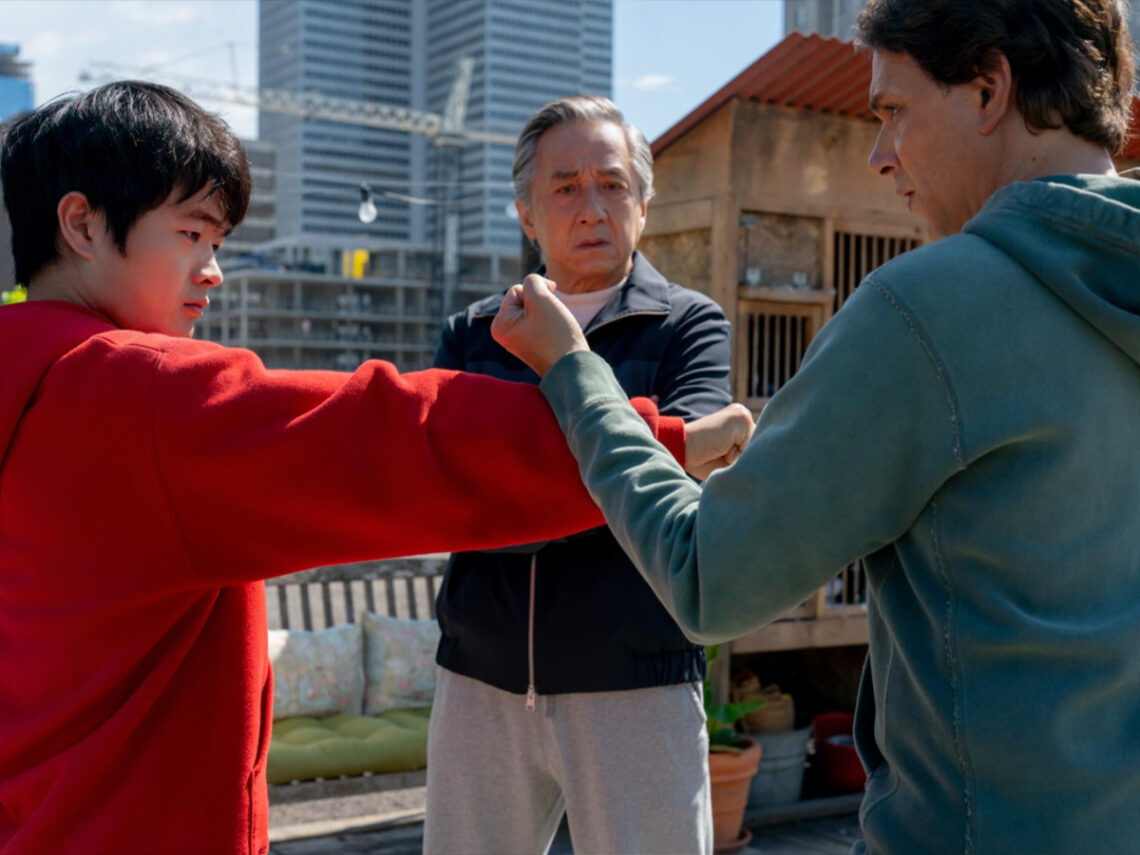
Karate then vs now: the evolution of training from Miyagi to Netflix
When Netflix released Karate Kid: Legends, it was more than just the revival of a beloved franchise. It was a clear evolution of how martial arts training is portrayed on screen. For audiences who remember Mr Miyagi’s quiet wisdom and unconventional methods, the film draws a powerful contrast between the old and the new. Netflix has reimagined the journey of the Karate Kid without abandoning its roots.
In the original 1984 classic, training was slow, subtle, and deeply symbolic. Mr Miyagi never explained much. Instead, he taught Daniel LaRusso through chores that doubled as muscle memory exercises. Waxing cars, sanding floors, and painting fences were not just tasks. They were lessons in patience, humility, and control. The physical training was secondary. The real focus was on inner balance and discipline.
Karate Kid: Legends takes that philosophy and places it in a modern, more intense context. This time, two iconic mentors return: Jackie Chan as Mr Han and Ralph Macchio as Daniel LaRusso to guide a new student. Their teaching styles differ, yet both are rooted in the idea that martial arts is not just about fighting. It is about who you are when you are not fighting.
The training in Legends is faster, more demanding, and emotionally charged. It reflects the world the characters live in. The new student does not walk in as a blank slate. He brings trauma, anger, and questions. The dojo is not a quiet space of tradition. It is a battleground of ideas, where two philosophies collide and ultimately shape a new path forward.
While Mr Han is disciplined and precise, Daniel brings a deeper emotional awareness drawn from his journey as a student. The two do not always agree, and that tension adds depth to the training process. What emerges is not a strict return to old values, nor a complete shift into something modern. It is a blend: respectful of the past, but responsive to the present.
What stands out in Legends is how the student does not just receive knowledge. He challenges it. He adapts it. He grows into his version of strength. This is a significant shift from earlier films, where the mentor’s word was final. Now, mentorship is a dialogue. There is struggle, conflict, and a gradual earning of respect.
Netflix captures this evolution with striking clarity. The film never mocks the simplicity of the past, but it acknowledges that today’s challenges are different. The battles are not just physical. They are emotional, cultural, and personal. The training, as a result, must evolve too.
Yet at its core, the essence of The Karate Kid remains. Whether the student is sanding a floor or facing an opponent in the ring, the goal is the same: to become stronger, not just in body, but in mind and spirit. Karate Kid: Legends honours that message while giving it room to grow.
Karate then was quiet and methodical. Karate now is layered, intense, and emotionally complex. But in both versions, the lesson holds. Strength is not something you show. It is something you live.